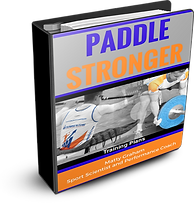The Performance Equation
Welcome to the third edition of Whiteboard Wednesday. In this video we take a look at the performance equation. If you have any questions...


Cramp
Exercise associated muscle cramping Exercise associated muscle cramping (EAMC), is an interesting phenomena that most endurance athletes...


Becoming a Supple Leopard
While most endurance athletes own a foam roller and spend some time stretching, many are confused about exactly what they are trying to...


Training micro-cycles
In this video we explore the different ways of periodising your micro-cycles depending on who you are and the other things you have going...
Whiteboard Wednesday: Why does resting heart rate decrease?
Every day my inbox is full of emails from athletes asking questions about their training. Often these questions are about complex...


Maximising training with minimal time
Most endurance athletes who have followed a structured training programme will have completed a base phase that involves long steady...








.png)



.png)








